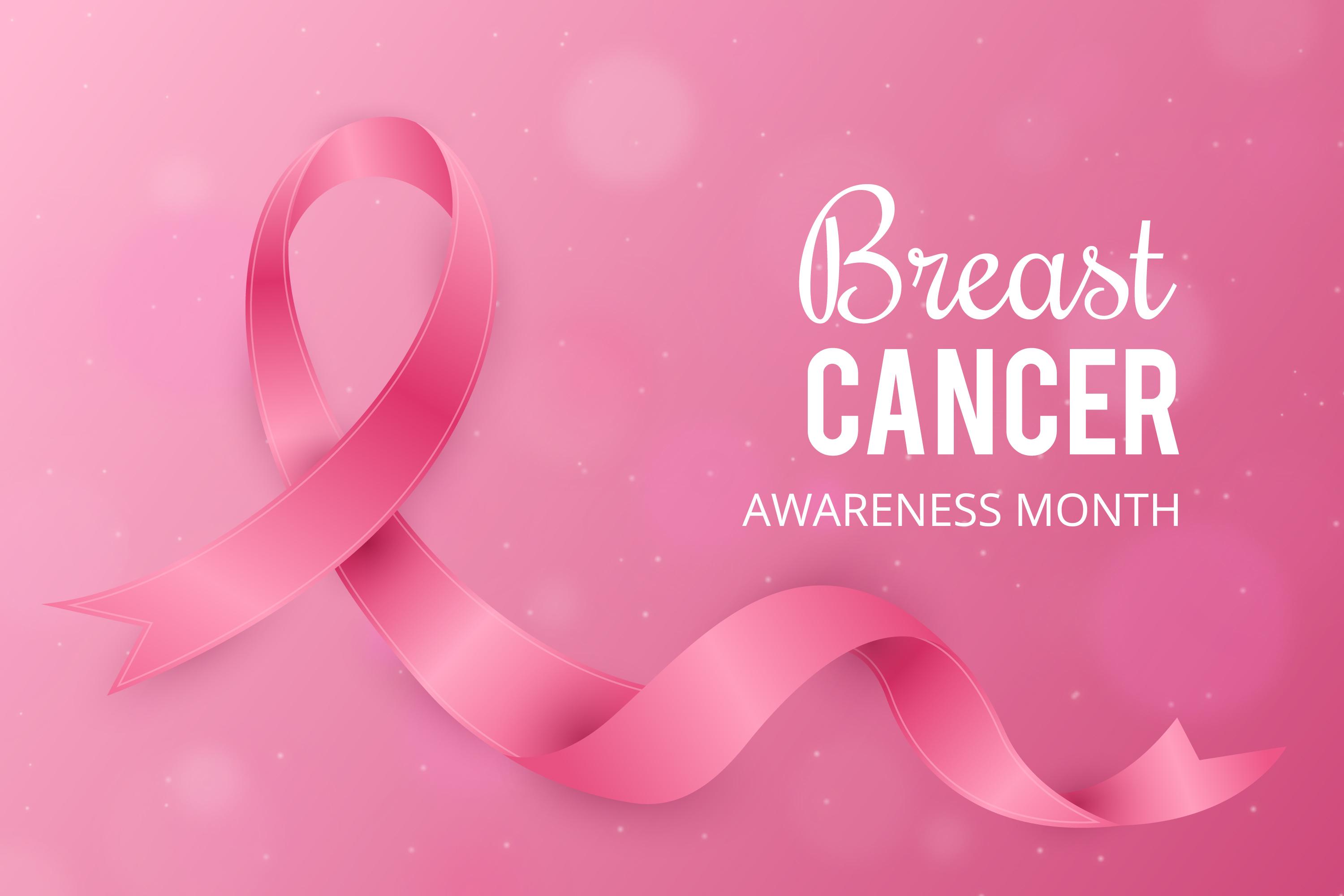By: Dr. Riffat Sadiq
Breast cancer is one of the leading causes of death in females. According to breastcancer.com about 1 in 8 women will develop the invasive form of breast cancer. In 2017 252,710 women have been reported to have developed breast cancer.
This type of cancer can be prevented with regular self-examination.. It is recommended that people have a mammogram after they turn 40 but self-examination after you hit puberty is the best time to begin. See below for tips on how to do a self-examination and if you find something suspicious you should consult your doctor immediately. The earlier the diagnosis the better the outcome. Every adult woman should perform the test at least once in a month. According to research at Johns Hopkins Medical Center “Forty percent of diagnosed breast cancers are detected by women who feel a lump, so establishing a regular breast selfexam is very important.”
The three ways that you can do a selfexamination are explained below: (please consult your doctor for any questions or concerns regarding the self-examination)
1) In the Shower
Using the pads of your fingers, move around your entire breast in a circular pattern moving from the outside to the center, checking the entire breast and armpit area. Check both breasts each month feeling for any lump, thickening, or hardened knot. Notice any changes and get lumps evaluated by your health care provider.
2) In Front of a Mirror
Visually inspect your breasts with your arms at your sides. Next, raise your arms high above your head..Look for any changes in the contour, any swelling, or dimpling of the skin, or changes in the nipples. Next, rest your palms on your hips and press firmly to flex your chest muscles. Left and right breasts will not exactly match—few woman’s breasts do, so look for any dimpling, puckering, or changes, particularly on one side.
3) Lying Down
When lying down, the breast tissue spreads out evenly along the chest wall. Place a pillow under your right shoulder and your right arm behind your head. Using your left hand, move the pads of your fingers around your right breast gently in small circular motions covering the entire breast area and armpit. Use light, medium, and firm pressure. Squeeze the nipple; check for discharge and lumps. Repeat these steps for your left breast.
Don’t delay! Early detection saves lives.

